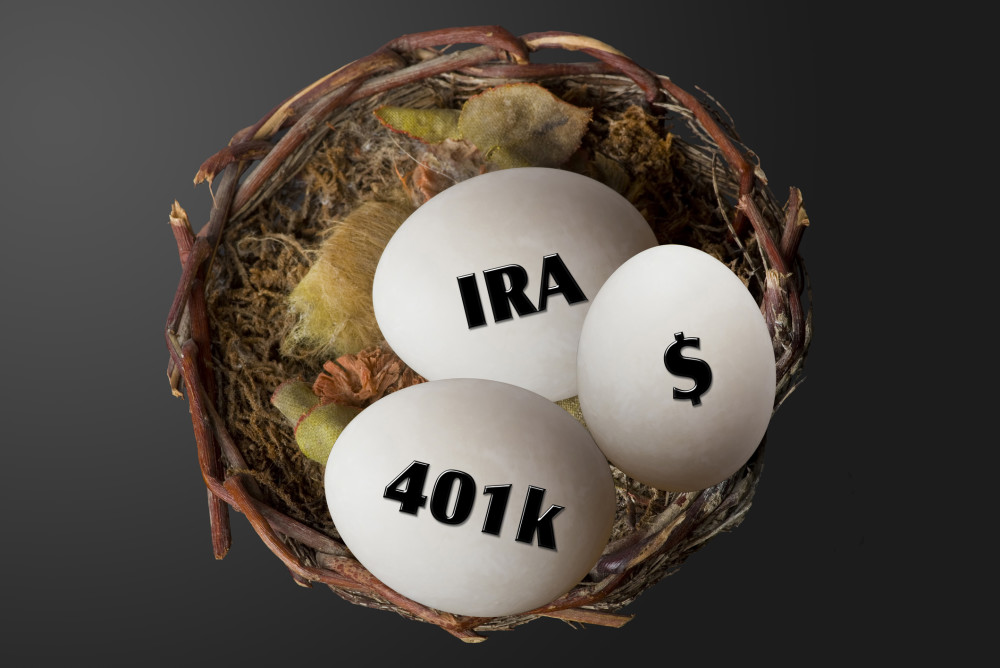By Chris Fleisher
The Pittsburgh Tribune-Review
WWR Article Summary (tl;dr) When it comes to women and money, paying attention to your retirement plan is a MUST! Especially since there are a numbers of factors to consider that are specific to women. First, there continues to be a gender gap in pay; women statistically live longer than men and will require more money, and lastly many women in business take time off from their careers to raise families which can deeply affect financial savings. Financial education is critical to empowering women to prepare for what is ahead.
The Pittsburgh Tribune-Review
Claire Schuchman is in a retirement red zone, when she ideally would be just six years away from a post-working life.
So, last year, she asked her financial adviser, “What’s the plan?”
“She said, ‘The plan is for you to start making more money,’ ” said Schuchman, 59, of Mt. Lebanon.
Schuchman had nowhere near enough money saved up to maintain the life she enjoys without the income from her landscaping business. And she is not alone.
The income gap between men and women during their working lives can become even more stark during their retirement years. Higher health care costs, longer life expectancy and comparatively lower earnings during their working lives make it much less likely that a woman will have enough money to retire at age 65 than a man.
The financial firm Financial Finesse calculated that the average 45-year-old woman would need to save 26 percent more — or $56,148 — than her male counterpart in order to retire in 20 years.
The findings highlight the urgency women must put into saving early and often as they build their careers, financial advisers say.
“A lot of women are forced to work longer, work part-time into retirement,” said Alison Fox Wertz, senior vice president and a financial consultant at Bill Few Associates, a wealth management firm in Mt. Lebanon. “It’s simple if the day you start working, putting a certain amount of your retirement away, then you’re not making any heroic measures.”
The conventional advice to start saving early holds true regardless of sex, but it is especially important for women. First, they have lower income — in 2014, female full-time workers made only 79 cents for every dollar earned by men, according to the Institute for Women’s Policy Research, a Washington think tank. Second, they are more likely to have their working lives disrupted.
“The woman is obviously the one that has to make the sacrifices and stay home with the children,” said Shana Bielich, a financial planning associate at Coghill Investment Strategies. “By the time they do get back into the workforce, they may not be at a salary where they can save as much, and they lose out on those earning years.”
Kim Ivory Vail was well on her way to building a fat nest egg for retirement working in sales for IBM when, as she says, “life interrupted.”
Divorce. A child. A career change. Each had a significant impact on her income. Retirement now seems like a much different, more distant reality than the one she’d imagined two decades ago.
“Do I feel comfortable that I’m going to be where I need to be? No,” said Vail, 50, of Gibsonia. “I’m hoping that I’m going to keep working at ideas and not give up.”
Vail took three years off from working when her daughter was born and is trying to start her own direct marketing business, but her income is nowhere near what she was making at IBM. She remarried and said her husband’s income is enough to support the family of three, but she regrets not being able to contribute more and worries about other unexpected life events that would set her back even further financially.
Financial education is critical to bringing balance to the retirement scenarios for men and women, Bielich said.
Women must max out their contributions to an employer-sponsored retirement savings plan, such as a 401(k), and get more aggressive in their investing, she said.
“They’re more risk averse than men, so they’re less likely to take risks, and that can impact their overall account value when investing,” Bielich said.
Someone who doesn’t work has options, too. Spousal individual retirement accounts allow a working spouse to contribute to a nonworking spouse’s retirement savings. Beefing up insurance policies covering the higher wage earner is also something couples must consider, said Bernard Carter, an investment strategist with Hapanowicz & Associates.
Schuchman isn’t sure how she could have done anything differently. She and her husband met with a financial planner early in their careers and set aside what they could. But it still hasn’t been enough. When they got married, a financial planner told them they would need $3.1 million in the bank by retirement. Their savings is not even into six figures.
If longevity trends play out and Schuchman outlives her husband, then she will be the one dealing with the burden of a financial shortfall.
She is doing what many financial planners say is a critical part of retirement planning — adjusting her spending and lifestyle expectations.
She is eating out less, cutting out recreational shopping and trying to stretch her car’s life as long as possible, even as she tries to expand her landscaping business. She may work longer. They may even have to live someplace else.
“If I’m not able to make more money and put a good amount of money away, then we’ll have to move,” she said. “We would still be OK, but we wouldn’t have the choices we would like to have.”














































































































































































































































































































































































